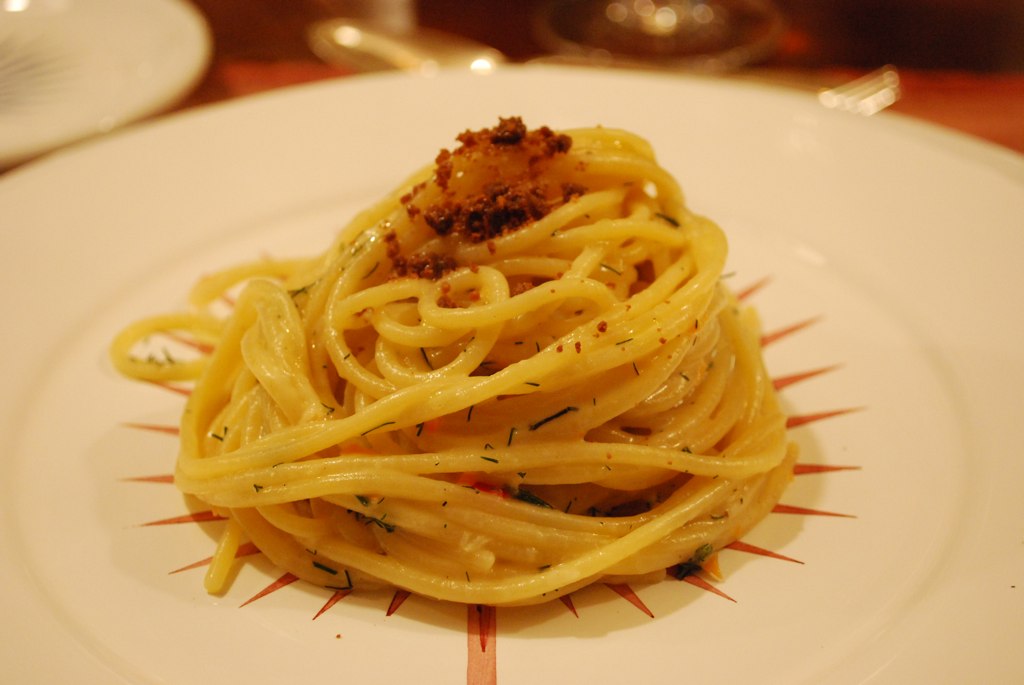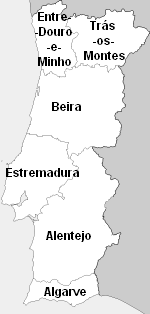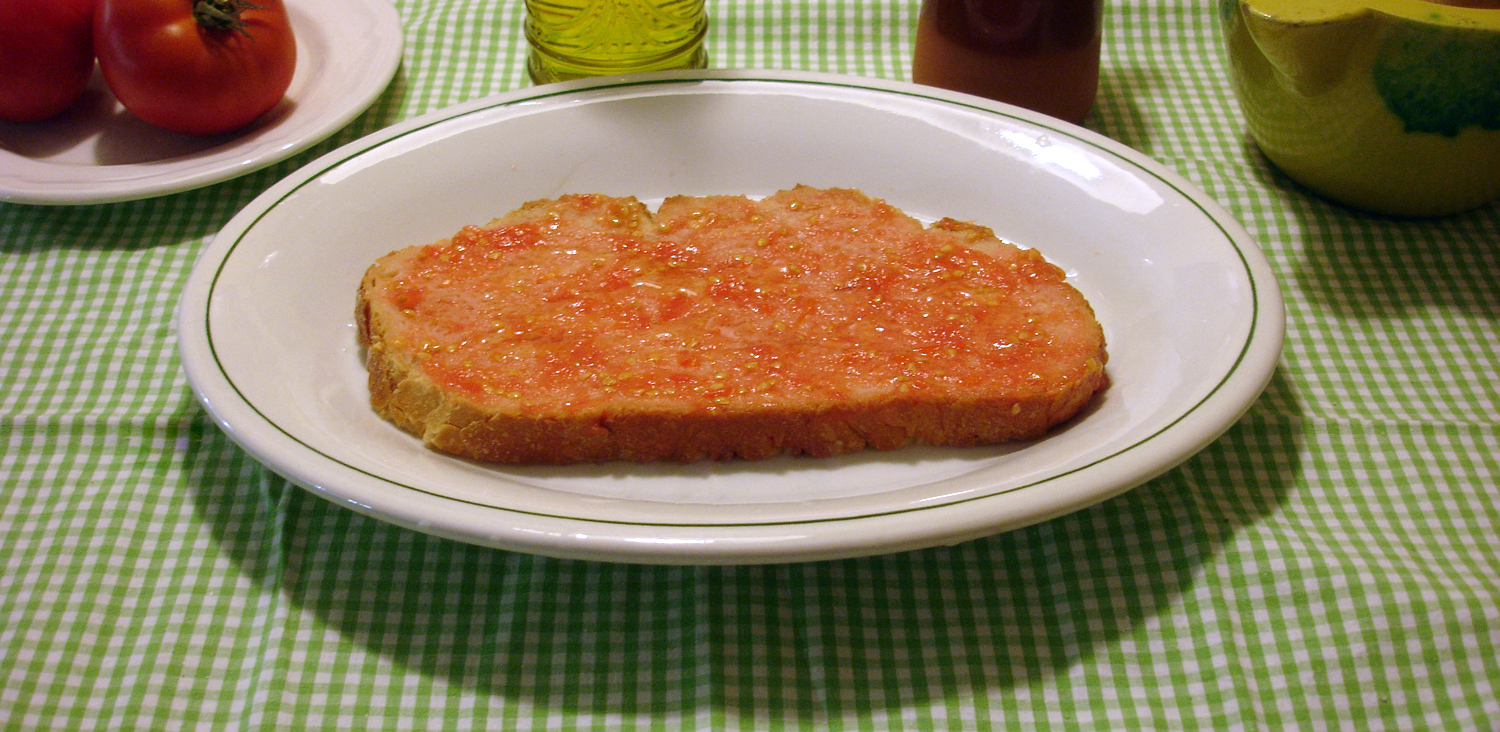|
Aletria
Aletria is a custardy Portuguese dessert based on vermicelli (''aletria''). In the Beiras region aletria has a compact consistency, and is able to be cut in slices, whereas in Minho its consistency is more creamy. Origin Llibre de Sent Soví, a set of two 14th-century manuscripts, in Catalan, contains a compilation of 200 recipes, of which there are two with ''alatria'' (170: ''Qui parla con se cou alatria'' or "how to cook vermicelli" and 171 : ''Qui parla con se cou carn ab alatria'' or "how to cook meat with vermicelli"). However, what they called vermicelli should have a very different shape from the current thin strands of dough. Vermicelli was probably brought to the Iberian Peninsula by the Moors in the 8th or 9th century. It remained in Portugal and incorporated into Portuguese cuisine, and began to designate the mass of very fine yarns, with which a typical Christmas candy, present in almost all regions of the country, is prepared. The name ''aletria'' itself has disa ... [...More Info...] [...Related Items...] OR: [Wikipedia] [Google] [Baidu] |
Vermicelli
Vermicelli (; , , also , ) is a traditional type of pasta round in section similar to spaghetti. In English-speaking regions it is usually thinner than spaghetti, while in Italy it is typically thicker. The term ''vermicelli'' is also used to describe various types of thin noodles from Asia. In Vietnam vermicelli is the same as angel hair pasta or '' capellini''. Thickness comparison As defined in Italy: In the United States, the National Pasta Association (which has no links with its Italian counterpart, the Unione Industriali Pastai Italiani) lists vermicelli as a thinner type of spaghetti. The Code of Federal Regulations of the United States of America defines "spaghetti" and "vermicelli" by diameter: History In 14th-century Italy, long pasta shapes had varying local names. Barnabas de Reatinis of Reggio notes in his ''Compendium de naturis et proprietatibus alimentorum'' (1338) that the Tuscan ''vermicelli'' are called ''orati'' in Bologna, ''minutelli'' in Venic ... [...More Info...] [...Related Items...] OR: [Wikipedia] [Google] [Baidu] |
Aletria
Aletria is a custardy Portuguese dessert based on vermicelli (''aletria''). In the Beiras region aletria has a compact consistency, and is able to be cut in slices, whereas in Minho its consistency is more creamy. Origin Llibre de Sent Soví, a set of two 14th-century manuscripts, in Catalan, contains a compilation of 200 recipes, of which there are two with ''alatria'' (170: ''Qui parla con se cou alatria'' or "how to cook vermicelli" and 171 : ''Qui parla con se cou carn ab alatria'' or "how to cook meat with vermicelli"). However, what they called vermicelli should have a very different shape from the current thin strands of dough. Vermicelli was probably brought to the Iberian Peninsula by the Moors in the 8th or 9th century. It remained in Portugal and incorporated into Portuguese cuisine, and began to designate the mass of very fine yarns, with which a typical Christmas candy, present in almost all regions of the country, is prepared. The name ''aletria'' itself has disa ... [...More Info...] [...Related Items...] OR: [Wikipedia] [Google] [Baidu] |
I Luuuurve Aletria (5840383874)
I, or i, is the ninth letter and the third vowel letter of the Latin alphabet, used in the modern English alphabet, the alphabets of other western European languages and others worldwide. Its name in English is ''i'' (pronounced ), plural ''ies''. History In the Phoenician alphabet, the letter may have originated in a hieroglyph for an arm that represented a voiced pharyngeal fricative () in Egyptian, but was reassigned to (as in English "yes") by Semites, because their word for "arm" began with that sound. This letter could also be used to represent , the close front unrounded vowel, mainly in foreign words. The Greeks adopted a form of this Phoenician ''yodh'' as their letter ''iota'' () to represent , the same as in the Old Italic alphabet. In Latin (as in Modern Greek), it was also used to represent and this use persists in the languages that descended from Latin. The modern letter ' j' originated as a variation of 'i', and both were used interchangeably for b ... [...More Info...] [...Related Items...] OR: [Wikipedia] [Google] [Baidu] |
Custard
Custard is a variety of culinary preparations based on sweetened milk, cheese, or cream cooked with egg or egg yolk to thicken it, and sometimes also flour, corn starch, or gelatin. Depending on the recipe, custard may vary in consistency from a thin pouring sauce ('' crème anglaise'') to the thick pastry cream (''crème pâtissière'') used to fill éclairs. The most common custards are used in custard desserts or dessert sauces and typically include sugar and vanilla; however, savory custards are also found, e.g., in quiche. Custard is usually cooked in a double boiler ( bain-marie), or heated very gently in a saucepan on a stove, though custard can also be steamed, baked in the oven with or without a water bath, or even cooked in a pressure cooker. Custard preparation is a delicate operation, because a temperature increase of 3–6 °C (5–10 °F) leads to overcooking and curdling. Generally, a fully cooked custard should not exceed 80 °C (~17 ... [...More Info...] [...Related Items...] OR: [Wikipedia] [Google] [Baidu] |
Portuguese Cuisine
The oldest known book on Portuguese cuisine, entitled ''Livro de Cozinha da Infanta D. Maria de Portugal'', from the 16th century, describes many popular dishes of meat, fish, poultry and others. ''Culinária Portuguesa'', by António-Maria De Oliveira Bello, better known as Olleboma; was published in 1936. Despite being relatively restricted to an Atlantic, Celtic sustenance, the Portuguese cuisine also has strong French and Mediterranean influences. The influence of Portugal's spice trade in the East Indies, Africa, and Americas is also notable, especially in the wide variety of spices used. These spices include '' piri piri'' (small, fiery chili peppers), white pepper, black pepper, saffron, paprika, clove, allspice, cumin, cinnamon Cinnamon is a spice obtained from the inner bark of several tree species from the genus ''Cinnamomum''. Cinnamon is used mainly as an aromatic condiment and flavouring additive in a wide variety of cuisines, sweet and savoury dishes ... [...More Info...] [...Related Items...] OR: [Wikipedia] [Google] [Baidu] |
Beiras
Beira () was one of the six traditional provinces or ''comarcas'' of Portugal. The territorial extension is different from that of the area called ''the Beiras'', which refers to three provinces of 1936, Beira Alta, Beira Baixa and Beira Litoral. Geography The most important cities within the borders of the traditional province are: Coimbra, Aveiro, Leiria, Viseu, Castelo Branco, Guarda, Figueira da Foz, Covilhã and Pinhel. The main river is the Mondego; other rivers include the Vouga, Dão, Côa, Zêzere and Paiva. The largest mountain range is Serra da Estrela – Continental Portugal's highest – other ranges being the Caramulo, Marofa, Gardunha, and Bussaco. Administrative history After the 15th Century, the new Kingdom of Portugal was divided into six great administrative units, referred to as comarcas. Since the Middle Ages there existed the Beira Province. 1832 In 1832 this province was divided into * Beira Alta * Beira Baixa 1936 In 1936 these were di ... [...More Info...] [...Related Items...] OR: [Wikipedia] [Google] [Baidu] |
Minho Province
Minho () was a former province in Portugal, established in 1936 and dissolved in 1976. It consisted of 23 municipalities, with its capital in the city of Braga. Today, the area would include the districts of Braga and Viana do Castelo. Minho has substantial Celtic influences and shares many cultural traits with neighbouring Galicia in Northwestern Spain. The region was part of the Roman Province and early Germanic medieval Kingdom of Gallaecia. Historical remains of Celtic Minho include Briteiros Iron Age Hillfort, the largest Gallaecian native stronghold in the Entre Douro e Minho region, in North Portugal. The University of Minho, founded in 1973, takes its name from the former province. Minho is famous as being the origin of the soup caldo verde and Vinho Verde, a wine particular to the region. Historic cities * Braga (Bracara Augusta) * Guimarães (old Vimaranes). * Viana do Castelo, formerly Viana do Lima. * Barcelos * Fafe See also * Minho River * Gallaecia ... [...More Info...] [...Related Items...] OR: [Wikipedia] [Google] [Baidu] |
Catalan Language
Catalan (; autonym: , ), known in the Valencian Community and Carche as '' Valencian'' ( autonym: ), is a Western Romance language. It is the official language of Andorra, and an official language of three autonomous communities in eastern Spain: Catalonia, the Valencian Community, and the Balearic Islands. It also has semi-official status in the Italian comune of Alghero. It is also spoken in the Pyrénées-Orientales department of France and in two further areas in eastern Spain: the eastern strip of Aragon and the Carche area in the Region of Murcia. The Catalan-speaking territories are often called the or "Catalan Countries". The language evolved from Vulgar Latin in the Middle Ages around the eastern Pyrenees. Nineteenth-century Spain saw a Catalan literary revival, culminating in the early 1900s. Etymology and pronunciation The word ''Catalan'' is derived from the territorial name of Catalonia, itself of disputed etymology. The main theory suggests ... [...More Info...] [...Related Items...] OR: [Wikipedia] [Google] [Baidu] |
Iberian Peninsula
The Iberian Peninsula (), ** * Aragonese and Occitan: ''Peninsula Iberica'' ** ** * french: Péninsule Ibérique * mwl, Península Eibérica * eu, Iberiar penintsula also known as Iberia, is a peninsula in southwestern Europe, defining the westernmost edge of Eurasia. It is principally divided between Spain and Portugal, comprising most of their territory, as well as a small area of Southern France, Andorra, and Gibraltar. With an area of approximately , and a population of roughly 53 million, it is the second largest European peninsula by area, after the Scandinavian Peninsula. Name Greek name The word ''Iberia'' is a noun adapted from the Latin word "Hiberia" originating in the Ancient Greek word Ἰβηρία ('), used by Greek geographers under the rule of the Roman Empire to refer to what is known today in English as the Iberian Peninsula. At that time, the name did not describe a single geographical entity or a distinct population; the same name was ... [...More Info...] [...Related Items...] OR: [Wikipedia] [Google] [Baidu] |
Moors
The term Moor, derived from the ancient Mauri, is an exonym first used by Christian Europeans to designate the Muslim inhabitants of the Maghreb, the Iberian Peninsula, Sicily and Malta during the Middle Ages. Moors are not a distinct or self-defined people. The 1911 ''Encyclopædia Britannica'' observed that the term had "no real ethnological value." Europeans of the Middle Ages and the early modern period variously applied the name to Arabs and North African Berbers, as well as Muslim Europeans. The term has also been used in Europe in a broader, somewhat derogatory sense to refer to Muslims in general,Menocal, María Rosa (2002). ''Ornament of the World: How Muslims, Jews and Christians Created a Culture of Tolerance in Medieval Spain''. Little, Brown, & Co. , p. 241 especially those of Arab or Berber descent, whether living in Spain or North Africa. During the colonial era, the Portuguese introduced the names " Ceylon Moors" and " Indian Moors" in South Asia and ... [...More Info...] [...Related Items...] OR: [Wikipedia] [Google] [Baidu] |
Catalan Cuisine
Catalan cuisine is the cuisine from Catalonia. It may also refer to the shared cuisine of Northern Catalonia and Andorra, the second of which has a similar cuisine to that of the neighbouring Alt Urgell and Cerdanya '' comarques'' and which is often referred to as "Catalan mountain cuisine". It is considered a part of western Mediterranean cuisine. History There are several Catalan language cookbooks from the Middle Ages that are known to modern scholars. The ' (1520) was one of the most influential cookbooks of Renaissance Spain. It includes several sauce recipes made with ingredients such as ginger, mace powder ('), cinnamon, saffron, cloves ('), wine and honey. ''Salsa de pagó'' took its name from the peacock ( ca, el paó) that it was intended to be served with, but could accompany any type of poultry, and was part of the medieval Christmas meal. ' (or ' as it's called in the '' Cuoco Napoletano'') was half-roasted (') poultry that was finished in a ''salsa'' thickened ... [...More Info...] [...Related Items...] OR: [Wikipedia] [Google] [Baidu] |
Portuguese Desserts
Portuguese may refer to: * anything of, from, or related to the country and nation of Portugal ** Portuguese cuisine, traditional foods ** Portuguese language, a Romance language *** Portuguese dialects, variants of the Portuguese language ** Portuguese man o' war, a dangerous marine cnidarian that resembles an 18th-century armed sailing ship ** Portuguese people, an ethnic group See also * * ''Sonnets from the Portuguese'' * "A Portuguesa "" ("The Portuguese ong, ) is the national anthem of Portugal. The song was composed by Alfredo Keil and written by Henrique Lopes de Mendonça during the resurgent nationalist movement ignited by the 1890 British Ultimatum to Portugal concer ...", the national anthem of Portugal * Lusofonia * Lusitania * {{disambiguation Language and nationality disambiguation pages ... [...More Info...] [...Related Items...] OR: [Wikipedia] [Google] [Baidu] |


.jpg)






